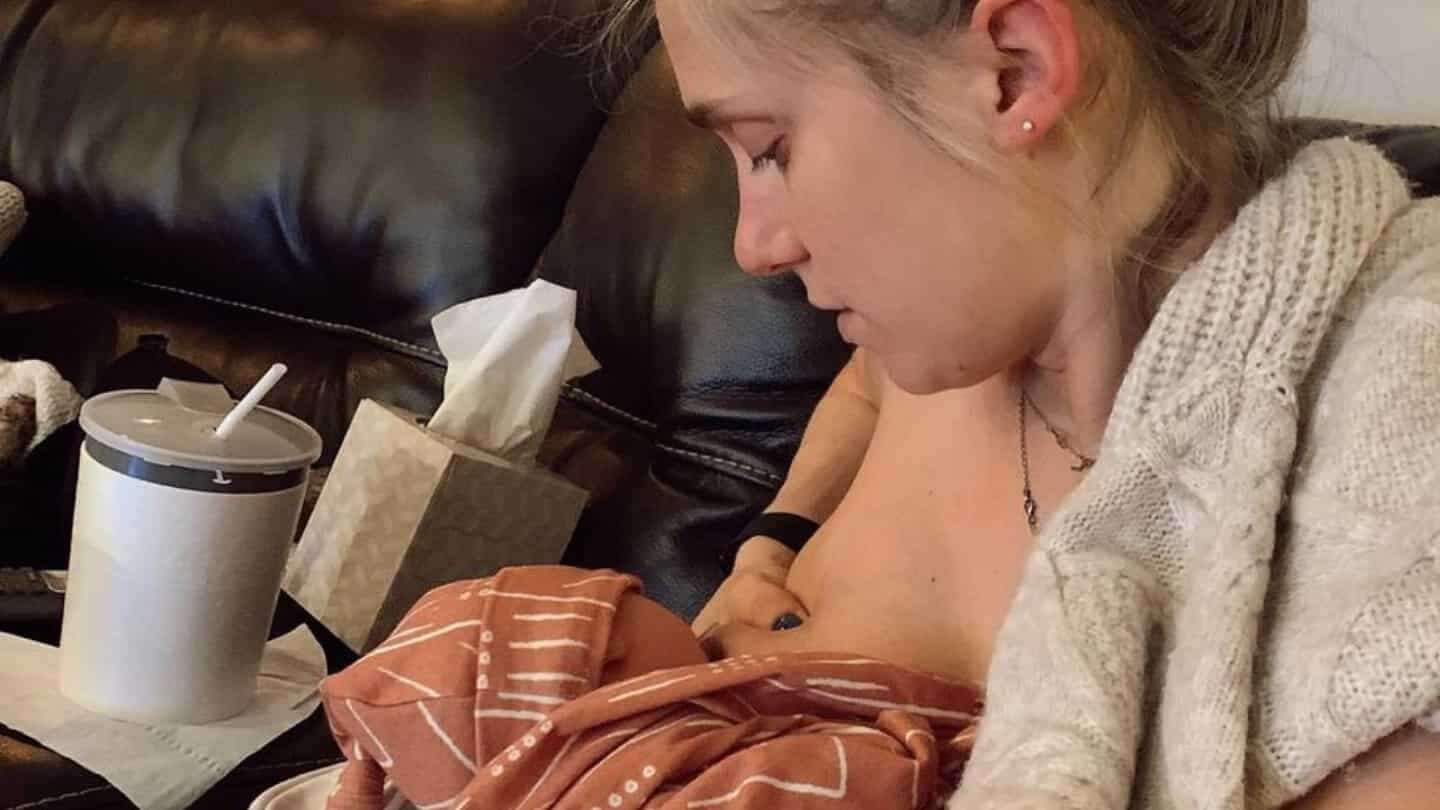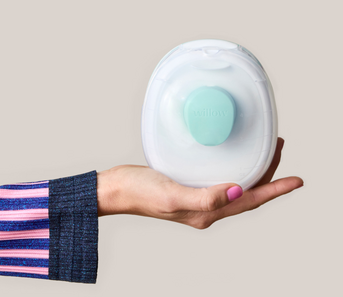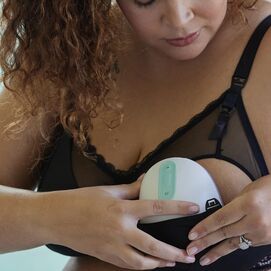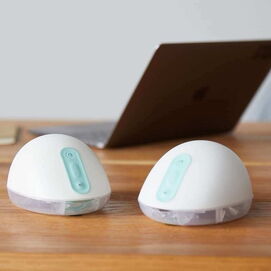Plugged ducts (also called clogged ducts) are one of the more common side effects of breastfeeding. Although these small, firm lumps in your breast can cause swelling and discomfort, they are usually nothing to worry about. An estimated 20 percent of people who lactate experience them at some point.
What it is
A duct gets plugged when milk flow is blocked or obstructed at the nipple, where milk is typically released, or deeper in the system of milk ducts. Symptoms can include a firm lump, a warm and painful localized spot, or a wedge-shaped area of swelling anywhere on the breast.
When it can occur
While a duct can get clogged at any point, they are most likely to get plugged during the first six to eight weeks postpartum. A plugged duct typically develops gradually over the course of a few days or a week, and usually in one breast instead of both at the same time.
What causes it
If your breasts are not draining milk properly, you may experience a build-up or blockage of milk in one or more areas. This can happen due to uneven pressure on one part of the breast from sleeping on one side frequently, feeding in only one position, or always feeding with one breast last. The resulting blockage builds pressure, as more milk is produced, which can lead to inflammation and pain, as well as a lump that may change position over time. (A milk blister, or bleb, might also form around the opening of your nipple, though a bleb is not necessarily caused by a plugged duct.)
What to do
First, continue breastfeeding or pumping to fully drain the affected breast. You can also:
- Assess your baby’s latch.
- Try positions that point your baby’s chin toward the plug to pull on the affected duct.
- Apply cold packs or ice packs to reduce swelling.
- Press a gentle vibrating massager on your breast about as firmly as you would on, say, a pet.
- Avoid tight clothes (including underwire bras) that can constrict milk ducts.
- Regularly wash your nursing bras and tanks.
- Go topless or braless to let your breasts dry and air out to prevent bacteria on your skin from thriving.
When to get help
When you first notice what you believe is a plugged duct, try to track your symptoms, as it could lead to various breast infections, including an abscess or mastitis1, both of which require immediate attention. Contact your provider if:
- You have swelling and pain that doesn't subside within 12 hours.
- You develop a sudden fever above 100 degrees Fahrenheit.
- You think you might need help with your baby’s latch.
- You are noticing recurrences of plugged ducts.
- You are thinking about taking the supplement lecithin for relief. (Ask your provider whether it’s safe, given your health history.)
1 https://www.ncbi.nlm.nih.gov/pmc/articles/PMC3900741/













